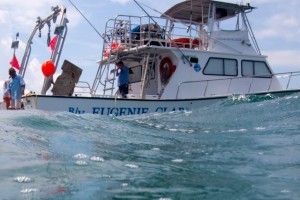
Chemical & Physical Ecology
Studying the impacts of nutrients and physical parameters in riverine, estuarine and coastal environments.
1600 Ken Thompson Parkway
Sarasota, FL 34236
Ph: (941) 388-4441
Hours: 10AM - 5PM
A 501(c)3 nonprofit organization.